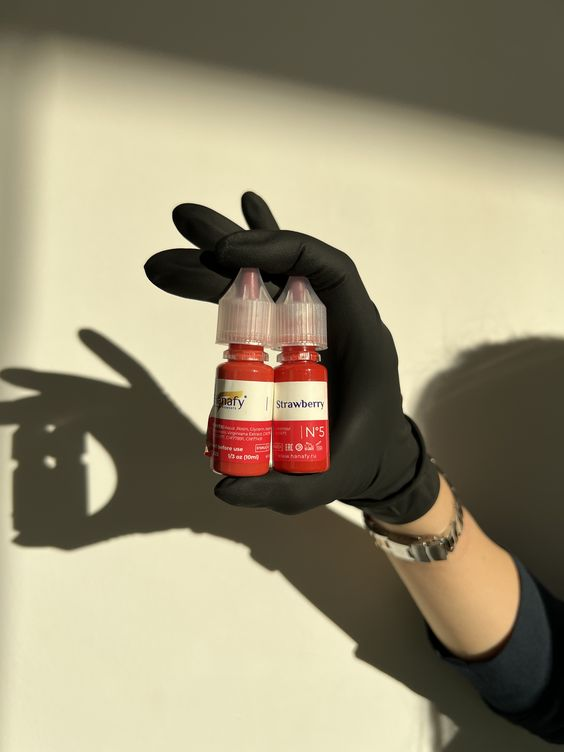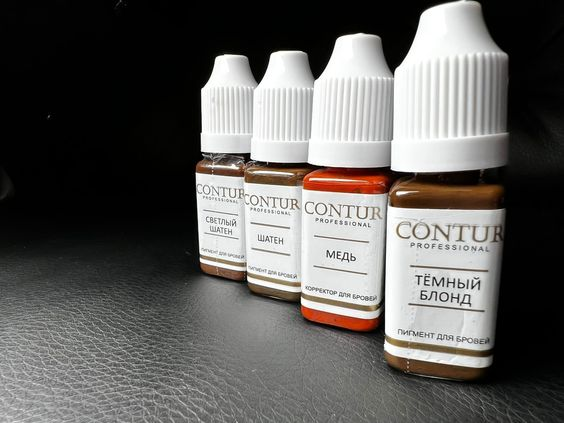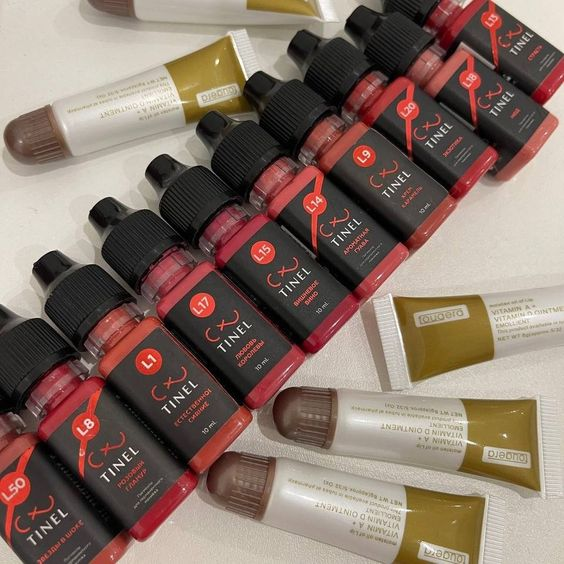At first glance, cosmetic tattooing may seem identical to traditional tattooing, as both involve implanting pigment beneath the skin. However, significant distinctions lie in their purpose, techniques, and longevity. Traditional tattooing primarily serves as a form of body art and self-expression, deploying a variety of styles and colors to create unique designs. Cosmetic tattooing, on the other hand, is designed to enhance natural features, such as eyebrows, lips, and even the scalp, often in subtler shades that mimic makeup or hair. This article delves into these differences in greater detail, shedding light on each practice’s intricacies.
Defining Cosmetic Tattooing

Cosmetic tattooing, also known as permanent makeup or micropigmentation, is a beauty procedure where pigments are inserted into the top layers of skin to replicate the appearance of makeup. The main aim is to accentuate facial features, like the eyebrows, eyelids, and lips, and to conceal imperfections or scars. Unlike traditional tattoos which are meant to stand out, cosmetic tattoos seek to blend in, creating a natural-looking enhancement that can withstand the daily routine without the need for constant reapplication.
The Art of Traditional Tattooing

Traditional tattooing has been part of human culture for thousands of years, with each era and region developing its own styles and significance. It’s an art form where artists inject ink deep into the dermis, creating long-lasting designs that often carry personal, cultural, or aesthetic significance. With an endless spectrum of design options, from minimalistic symbols to complex, colorful sleeves, traditional tattoos are tailored to the wearer’s preference, making a bold statement or serving as a personal reminder.
Techniques and Tools: A Comparison
Both cosmetic and traditional tattooing require skilled techniques, but the tools and methods used for each have notable differences.
Pigments and Needles
Cosmetic tattooing pigments are designed to fade naturally over time, while traditional tattoo ink is formulated to be much more permanent. The needles used in cosmetic tattooing are also typically finer and more precise to create delicate, natural-looking lines, compared to the broader range utilized in traditional tattooing.
Application Process
The application process varies between the two methods. While traditional tattooing often involves the creation of a large design over multiple sessions, cosmetic tattooing usually focuses on small areas with a single procedure. This precision work requires a steady hand and an eye for symmetry and aesthetics.
Depth of Ink Insertion
Another difference lies in the depth of the ink insertion. Cosmetic tattoos are applied to the superficial layers of the dermis to facilitate natural fading, while traditional tattoos need deeper insertion to ensure the design’s longevity.
Longevity and Maintenance
Expectations around longevity should be clearly set: cosmetic tattoos are not permanent in the same way that traditional tattoos are. They typically last from one to five years, depending on various factors like sun exposure, skin type, and the body’s natural exfoliation process. Consequently, they require more frequent touch-ups to maintain their initial appearance. In contrast, traditional tattoos are designed to last a lifetime, with only occasional touch-ups needed for color brightness or to refine faded lines.
The Healing Process and Aftercare
Both types of tattoos require a comprehensive aftercare routine to ensure safe and effective healing. Cosmetic tattoos often involve a shorter recovery time, but this can vary based on the individual procedure. The aftercare instructions for each type will include keeping the area clean and moisturized, avoiding certain activities, and protecting the tattoo from sun exposure.
Pain and Discomfort: What to Expect
The discomfort experienced during tattooing depends largely on the individual’s pain threshold and the area being worked on. Generally, cosmetic tattooing is considered less painful because the needle doesn’t penetrate as deeply as it does with traditional tattooing. However, some people may opt for topical anesthetics regardless of the type of tattoo to minimize discomfort.
Legal and Health Considerations
Both cosmetic and traditional tattooing are subject to health and safety regulations, which varry by jurisdiction. Practitioners must adhere to strict sanitation and health practices to prevent complications such as infection or transmission of diseases. Potential clients should verify that their chosen artist is licensed and follows all regulatory guidelines.
Choosing the Right Artist
Searching for the right artist is crucial. It’s important to review their portfolio, check reviews and testimonials, and ensure that they have proper certification. Here are steps to follow when choosing your artist:
- Research potential artists extensively.
- Examine their portfolio for quality and consistency.
- Check their professional qualifications and hygiene standards.
- Consult previous clients for unbiased opinions.
- Set up a consultation to discuss your desired outcome and ask questions.
- Make sure you feel comfortable with the artist’s expertise and approach.
Cosmetic Tattooing Advancements and Trends
The field of cosmetic tattooing is continually evolving with advancements in techniques and pigments, offering an ever-increasing range of options for those looking to enhance their features:
| Advancement/Trend | Description |
|---|---|
| Microblading | A technique that uses a small hand-held tool to create hair-like strokes for natural-looking eyebrows. |
| Lip blushing | This provides a subtle color enhancement to the lips, giving the illusion of fuller and more defined lips. |
| Scalp micropigmentation | A non-invasive procedure that uses microneedles to deposit pigment into the scalp, simulating the appearance of hair follicles. |
Conclusion
While cosmetic tattooing and traditional tattooing share some similarities, they are distinct practices designed for different purposes. Cosmetic tattooing focuses on subtle, natural enhancements and requires periodic maintenance, whereas traditional tattooing is intended for lifelong artistic expression. Regardless of which type of tattooing one is considering, choosing a skilled and certified artist is paramount to achieving optimal results. Understanding the nuances between these two will guide individuals to make informed decisions and set realistic expectations for their tattooing journey.
FAQs:
- Q1: Can a traditional tattoo artist perform cosmetic tattooing?
- A1: While a traditional tattoo artist may have the necessary skills, cosmetic tattooing is a specialized field. It is often better to choose an artist who is specifically trained and experienced in the precise techniques required for cosmetic applications.
- Q2: Is cosmetic tattooing more expensive than traditional tattooing?
- A2: Costs can vary widely; however, due to its specialized nature, cosmetic tattooing may be on the higher end. It’s essential to consider the experience of the artist and the complexity of the procedure when evaluating cost.
- Q3: Will cosmetic tattoos fade over time?
- A3: Yes, cosmetic tattoos are designed to fade over time, typically requiring a touch-up every 1-5 years, though this varies depending on individual factors such as skin type and lifestyle.
- Q4: Are there any risks associated with cosmetic tattooing?
- A4: The risks include the possibility of infection, allergic reactions to pigments, and potential dissatisfaction with the results. It’s crucial to visit a reputable artist and adhere strictly to aftercare protocols.
- Q5: Can cosmetic tattoos be removed if I change my mind?
- A5: They can be lightened with laser treatments; however, complete removal is often difficult and depends on various factors, including the type and depth of the pigment used. Consideration and commitment are advised, as removal processes can be costly and not guaranteed to be completely effective.
